Infrared 100 Years On
8th November 2010
Source:
FLIR Systems Ltd
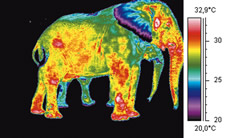
The year 2010 is significant in the infrared timeline. It marks the centenary of the first published infrared photograph by Professor Robert Williams Wood. Indeed modern day thermal imaging and thermography owe much to this American physicist’s groundbreaking work in optics and spectroscopy.
In October 1910, Professor Williams Wood gave a presentation to the Royal Photographic Society entitled ‘Photography by Invisible Rays’. To commemorate this event, an Infrared Symposium was held on 7th and 8th October 2010 at the Royal Astronomical Society in London.
This celebration brought together leading experts in the fields of thermal imaging and thermography. The majority are users of FLIR Systems infrared cameras, the company that is now the world leader in infrared technology and which sponsored this two-day event.
The world’s first infrared scanning camera was introduced by Agema in 1965, a company that subsequently became FLIR Systems. Needless to say it was very different product to the hand-held systems that dominate the market today.
The state-of-the-art 1960’s ThermoVision™ thermal imaging camera weighed 60kg and that didn’t include the 220 VAC generator that powered the unit. A 10 litre jar of liquid nitrogen was also required the cool the linear array detector. Data storage amounted to capturing the video display in a Polaroid image.
In the 1980s infrared focal plane array cameras were developed. They remained cooled devices but had slimmed down to 10kg or less and boasted a typical resolution of 10,000 pixels. However these high-end products remained the sole preserve of the professional thermographer with a big budget as they were priced in the region of £32,000, the cost of a small house in the mid ‘80s!
Today, the technology has been thoroughly commercialised and FLIR Systems continues to play a significant role in driving down costs and making infrared accessible to a much wider industrial community.
Infrared inspection to spot electrical and mechanical faults, building problems and energy loss is now standard practice. And the entry level price makes the technology easily affordable. The FLIR i7 uncooled point and shoot IR camera, for example, produces 14,000 pixels, weighs around 340g, including the battery, and costs just £1,330.
There is now an extensive choice of FLIR infrared cameras to service a wide range of qualitative and quantitative applications. Models feature comprehensive, built-in measurement tools and data storage as well as application specific analysis and reporting software.
At the top end of the scale sophisticated imagers with cooled detectors are also available, typically for use in high performance, high speed monitoring in the fields of R&D, science and automation.
Thermal imaging and thermography continue to demonstrate huge potential. New applications are found daily for this highly flexible technology. Indeed the closing summary from the first medical thermography conference held in New York in 1963 remains as valid today as was 47 years ago. “All that has been revealed is nothing by comparison with what has yet to be discovered.” For infrared there is no doubt that the best is yet to come.
This celebration brought together leading experts in the fields of thermal imaging and thermography. The majority are users of FLIR Systems infrared cameras, the company that is now the world leader in infrared technology and which sponsored this two-day event.
The world’s first infrared scanning camera was introduced by Agema in 1965, a company that subsequently became FLIR Systems. Needless to say it was very different product to the hand-held systems that dominate the market today.
The state-of-the-art 1960’s ThermoVision™ thermal imaging camera weighed 60kg and that didn’t include the 220 VAC generator that powered the unit. A 10 litre jar of liquid nitrogen was also required the cool the linear array detector. Data storage amounted to capturing the video display in a Polaroid image.
In the 1980s infrared focal plane array cameras were developed. They remained cooled devices but had slimmed down to 10kg or less and boasted a typical resolution of 10,000 pixels. However these high-end products remained the sole preserve of the professional thermographer with a big budget as they were priced in the region of £32,000, the cost of a small house in the mid ‘80s!
Today, the technology has been thoroughly commercialised and FLIR Systems continues to play a significant role in driving down costs and making infrared accessible to a much wider industrial community.
Infrared inspection to spot electrical and mechanical faults, building problems and energy loss is now standard practice. And the entry level price makes the technology easily affordable. The FLIR i7 uncooled point and shoot IR camera, for example, produces 14,000 pixels, weighs around 340g, including the battery, and costs just £1,330.
There is now an extensive choice of FLIR infrared cameras to service a wide range of qualitative and quantitative applications. Models feature comprehensive, built-in measurement tools and data storage as well as application specific analysis and reporting software.
At the top end of the scale sophisticated imagers with cooled detectors are also available, typically for use in high performance, high speed monitoring in the fields of R&D, science and automation.
Thermal imaging and thermography continue to demonstrate huge potential. New applications are found daily for this highly flexible technology. Indeed the closing summary from the first medical thermography conference held in New York in 1963 remains as valid today as was 47 years ago. “All that has been revealed is nothing by comparison with what has yet to be discovered.” For infrared there is no doubt that the best is yet to come.
Similar articles
More from FLIR Systems Ltd
- Non-contact voltage detector for electrical applications 1st June 2020
- Substation saves substantial costs from a chance thermal scan 18th September 2019
- Brickstream people counting sensor with employee filter solution 16th August 2019
- Detecting leaks from electrical circuit breakers 12th March 2019


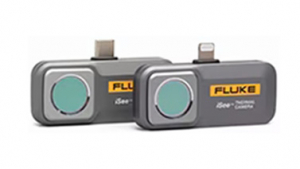
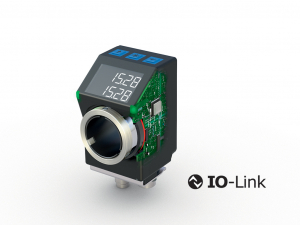
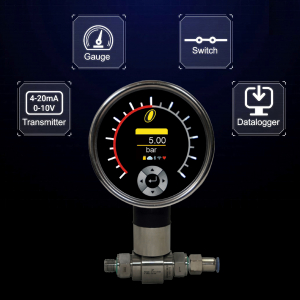
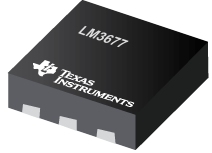

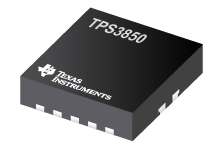
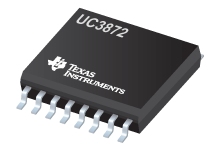

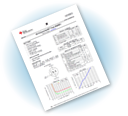

Write a comment
No comments